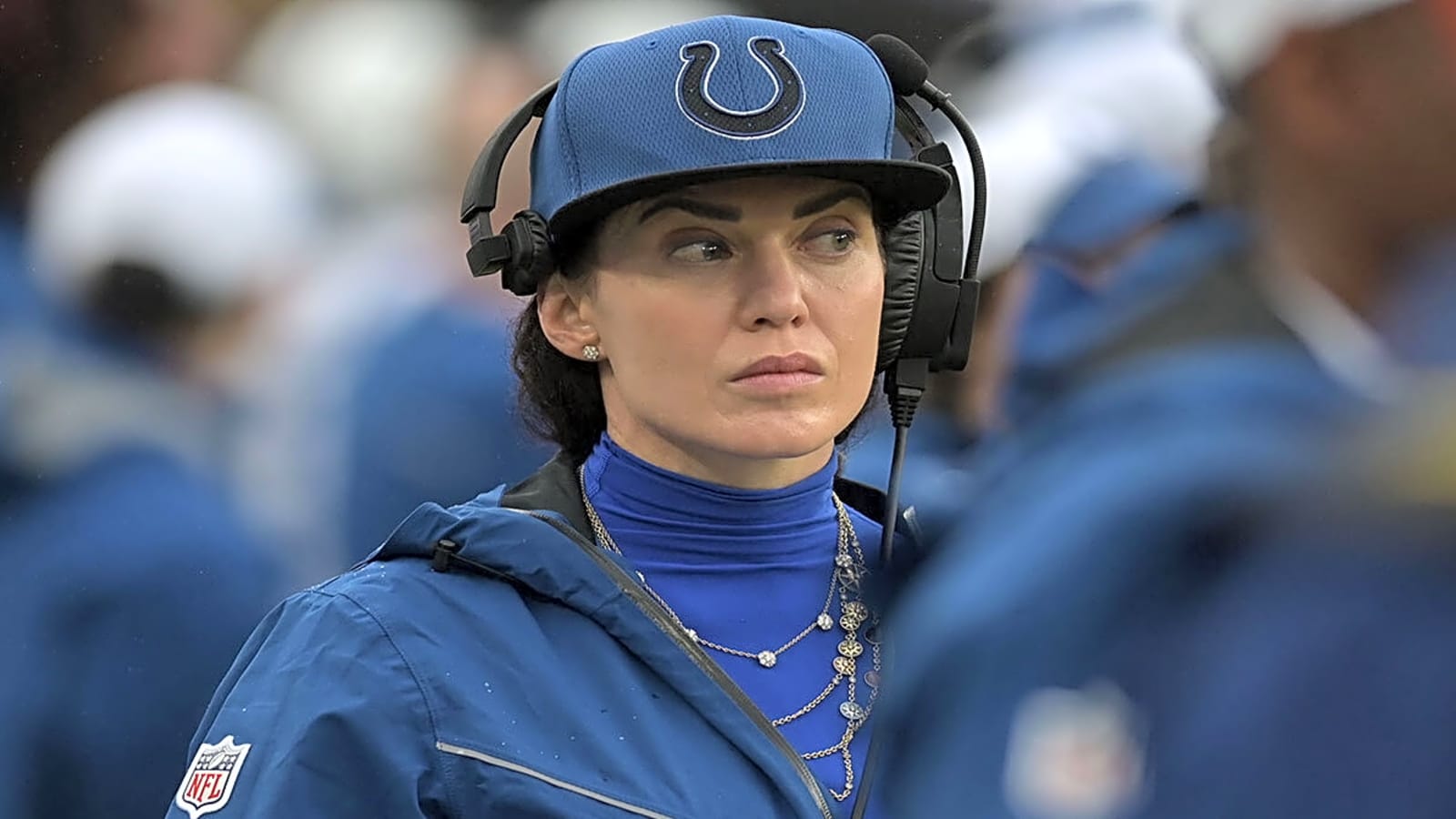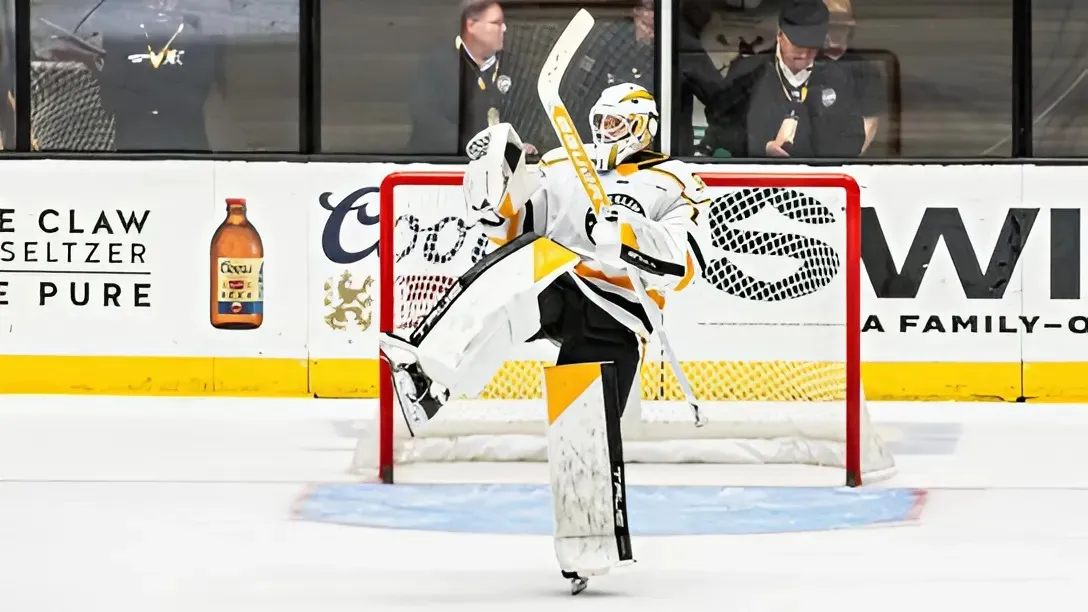Two-and-a-half years out from the 2027 ODI World Cup, Australia's Champions Trophy exit underlined both strengths and areas for improvement

For Australia supporters used to their side exuding assuredness and know-how in big moments of limited-overs events, the sight of Cooper Connolly, the 21-year-old playing in his fourth ODI, opening the batting and bowling first change in a knockout match against India was a jarring sight.
The defining feature of Australia's white-ball dominance over the past two-and-a-half decades, during which time they have won five of seven men's 50-over World Cups, has been the effective handovers between generations.
When Ricky Ponting's men became back-to-back World Cup winners in 2003, five other members of the 1999 squad lifted the trophy with him. There were then seven 2003 squad members in the 2007 title-winning group.
This remained the case even when the gap between triumphs became longer. The successful 2015 squad leant on four players who had tasted success eight years earlier, while there were six members of the 2015 group who pulled off the 2023 Ahmedabad heist.
A large part of the aura surrounding Australia at major tournaments can be put down to a simple factor: experience winning big matches being carried over from older players to younger ones.
So it was hardly Connolly's fault he did not possess that aura when asked to take down Mohammad Shami given he had faced just 32 balls in ODI cricket going into the match. He had bowled only half as many before being asked to curtail Rohit Sharma and Virat Kohli.
That Connolly could have had the scalp of both had Glenn Maxwell held on to a catch off the latter, showing resilience after his rough start to the knockout match included him dropping Rohit at backward point, highlighted his potential.
It was in fact a strong overall effort for an Australian attack also featuring Ben Dwarshuis, Tanveer Sangha (both with fewer than five ODIs going into semi-final) and Nathan Ellis (11 ODIs) pushed a team led by 301-game ODI maestro Kohli during India's chase of a sub-par score.
Australia will point to the considerable number of players they were missing.
But the cold truth is many of them will not be there at the 2027 World Cup either.
Ensuring that aura is transferred from existing players to the newbies set to be exposed to the one-day team over the next two-and-a-half years now shapes as Australia's biggest challenge in 50-over cricket.
Of the seven of first-choice squad Champions Trophy squad members who did not play against India, only captain Pat Cummins and allrounders Matthew Short and Cameron Green are certain to be part of Australia's long-range planning for 2027.
There is some chance they will need to replace one, two, or all of Mitchell Starc (who will be 37 by then), Josh Hazlewood and Mitch Marsh (both 36) for the southern Africa-hosted event slated to be played towards the end of that jam-packed year. Glenn Maxwell (who will turn 39 in 2027) will be pushing time as well.
With Cummins' captaincy fill-in for the Champions Trophy, Steve Smith, joining other 2023 World Cup squad members David Warner and Marcus Stoinis in retiring from the format, keeping Adam Zampa (35 in 2027) around will be vital.
The onus of pulling off this latest generational transition now falls on the likes of Cummins, Zampa, Green, Travis Head, Marnus Labuschagne, Josh Inglis and Alex Carey, all of whom were on the podium in Ahmedabad.
Cummins has flagged the possibility of two-time World Cup winners Starc and Hazlewood remaining a part of the ODI group over the coming years too.
There will be several complicating factors for Australia.
One is the increasing influence of T20 cricket, both at franchise and international level. Australia will compete in another T20 World Cup, their fourth in a four-and-a-half years, in February-March next year in India and Sri Lanka.
"You're always trying to balance different things. But, yeah, as we move closer to the 2027 World Cup, one-day cricket becomes a bit more of a focus," Cummins told cricket.com.au before the Champions Trophy.
"That's where you start prioritising that above maybe some other tours.
"Any chance that you get to get games into the guys that haven't played, that's the best way to learn.
"If it means that Starcy and Joshy and I, and some experienced coaches around them, are there to help them, that's the perfect result. It's about trying to balance all those things."
The influence of T20 does have its upsides.
Ellis, Dwarshuis and Spencer Johnson, the other fast bowler to feature at the Champions Trophy, have all undoubtedly adapted faster to international cricket because of their experiences in domestic T20 leagues.
There is the prospect of leading Big Bash batters getting ODI exposure before 2027. Jake Fraser-McGurk, overlooked for Connolly against India, is one. They have previously flirted with Tim David in the format; Mitchell Owen could come into the mix to play a similar role.
Leading players insist 50-over cricket remains a distinct format that needs to be learned.
A case in point might have come when the Ellis-Dwarshuis-Johnson pace combination failed to land early blows against Afghanistan last week. In cloudy conditions that favoured swing and seam bowling with the new ball, that trio allowed their opponents to reach 1-70 from 13 overs, much to Smith's obvious annoyance.

"Being exposed anywhere in high pressure situations sets you up quite well … If you can play loads and loads of T20 games, that's going to help you," said Cummins.
"But I do think there is a certain tempo to one-day cricket that is slightly different to T20s.
"Probably for batters there is maybe one or two gears you've got to shift between a bit more than T20 cricket.
"I think also you do come across different conditions a bit more in ODI cricket. You will get wickets that deteriorate occasionally, a bit more than you will in T20 cricket.
"There are some nuances to one-day cricket. The best way to learn is by playing one-day cricket."
The opportunities to do that are diminishing.
After Australia were eliminated in the quarter-final of the 2011 World Cup, they had 83 ODIs before the next edition to find a winning formula and get game-time into the core of the successful 2015 squad.
When they failed to win the 2019 World Cup, they only had around half that number (44 ODIs) between their Edgbaston exit to England and the beginning of their 2023 conquest in India.
The ICC is yet to release a Future Tours Program (FTP) beyond March 2027, but Australia should end playing a similar amount in the mid-40s between 2023 and 2027 presuming all six of remaining ODI series on the current FTP go ahead.
Asked if keeping emerging players interested in bilateral ODI cricket over the lure of domestic T20 leagues would be an issue, Smith told cricket.com.au: "I hope not. Any time you play for Australia, it's a huge honour.
"Particularly for younger players coming through, I'm sure that they want to play as much as they can and just be around this environment," he said before the Champions Trophy.
"This is the start of it for a lot of them and they're going to continue to grow and get better over the journey as well.
"Any experience you get is valuable, particularly in different conditions.
"I think the guys are going to learn a lot from this tour, playing under pressure from the outset. It's a high-pressure scenario for all of them. They're going to learn plenty, and they're going to continue to learn plenty until 2027 as well."
That World Cup comes at the end of an enormous year for the men's side, potentially even more arduous than the 2023 calendar year that included Border-Gavaskar Trophy and Ashes tours, the World Test Championship final and an ODI World Cup.
Australia could compete for all four of those trophies again in 2027, not to mention playing an extra Test against England at the MCG to mark the sesquincentary of the first Test ever played.
Should Cummins remain both Test and one-day captain until then, it stands to reason he will continue to miss 50-over series.
In addition to Smith, Marsh and Inglis have both stood in as ODI skipper in recent times. Carey did it in three ODIs in 2021, Head was the listed vice-captain for the Champions Trophy, while Labuschagne could also be in the frame for a turn.
"That's been the model we've done over the last few years," Cummins said of rotating the ODI captaincy.
"In the past because you're the captain, you might feel like they should play every single game. Nowadays, with the schedule being so busy, we zoom out a little bit and you work out what's the really important cricket each year and then try and play as much as you can, basically.
"But we're very open to sharing the captaincy when we need to outside of the big tournaments."
There are obvious holes that will need to be filled in time for 2027.
Smith and Warner have accounted for a third of Australia's ODI centuries since 2010, while Starc and Hazlewood have accounted for close to 10 per cent of wickets taken in that span.
Finding allrounders to match the skills of Maxwell, Stoinis and Marsh is another area for concern. Green shapes as a fulcrum but it remains to be seen how much of a bowling load he can resume when he recovers from major back surgery. Short showed promising signs at the Champions Trophy both as an opener and as a long-term successor to Maxwell’s bowling role, while Connolly remains a long-term project.
Where Sean Abbott and Aaron Hardie stand after the pair who seemed poised to play big roles in Pakistan and the UAE did not play a game in the tournament is a question for selectors. It could open the door for others like the reliable Xavier Bartlett or injury-riddled CA-contracted pair Jhye Richardson and Lance Morris.
Tanveer has been groomed as Zampa's successor and will have huge shoes to fill if the latter does not make it to 2027. Other specialist spin options include Matthew Kuhnemann and Todd Murphy.
Beyond that, there is optimism about the generation even below Connolly's.
Whether it is too early for Sam Konstas or Harry Dixon to be given a run at the top of the order in the coming years will have to weighed up. Their 2024 U19 World Cup teammates, particularly pacemen Mahli Beardman, Tom Straker and Callum Vidler, could also be around the mark.
It is a delicate balancing act, but one history suggests Australia are capable of pulling off.
What Australia's 2027 World Cup squad could look like
(age in October 2027 in brackets)
Pat Cummins (c) (34), Travis Head (33), Matthew Short (31), Cameron Green (28), Josh Inglis (32), Marnus Labuschagne (33), Alex Carey (36), Mitchell Owen (26), Xavier Bartlett (28), Nathan Ellis (33), Adam Zampa (35), Aaron Hardie (28), Cooper Connolly (24), Spencer Johnson (31), Harry Dixon (22). Reserve: Tanveer Sangha (25)
Australia's ODI series before 2027 World Cup*
*(all still to be confirmed by home boards)
August 2025: Three ODIs v SAF (home - northern Australia)
October 2025: Three ODIs v IND (home)
March 2026: Three ODIs v PAK (away)
June 2026: Three ODIs V BAN (away)
September 2026: Three ODIs v SAF (away)
November-December 2026: Three ODIs v ENG (home)



